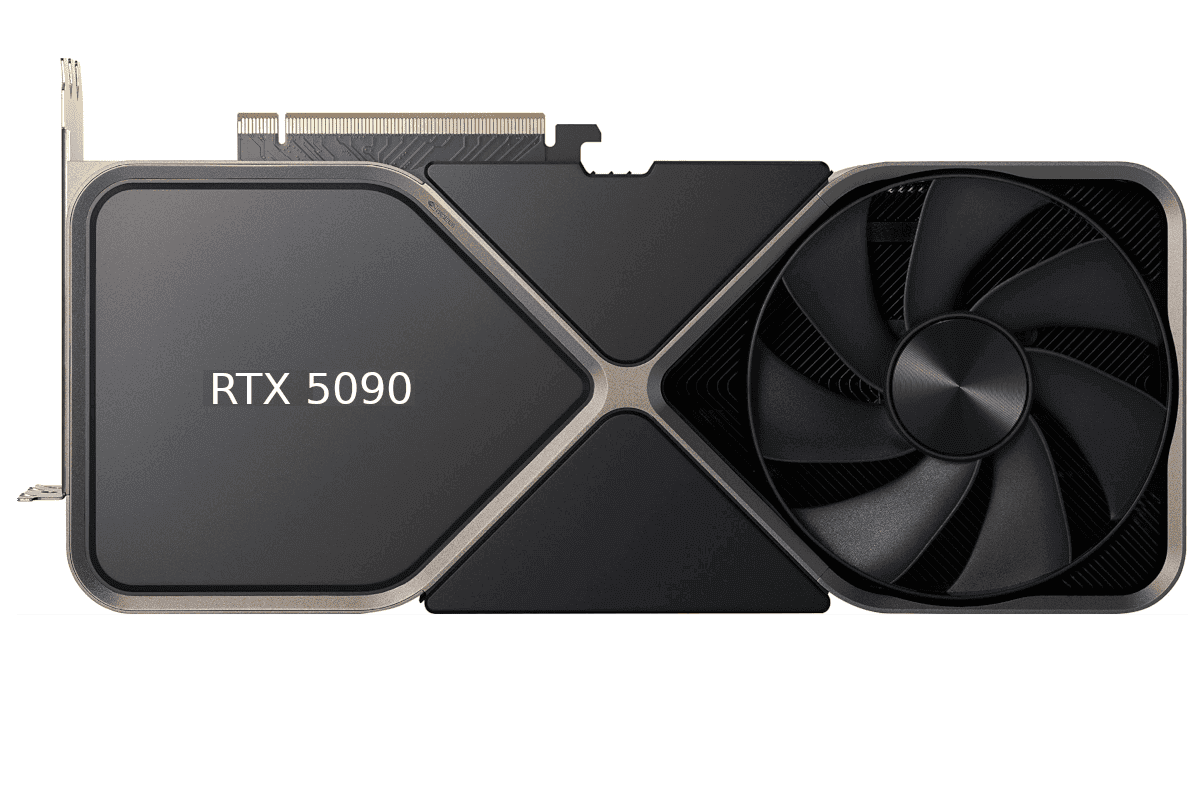The NVIDIA GeForce RTX 5090 is expected to launch with advanced specifications, including an upgraded PCB design and an advanced power delivery system. This represents a significant advancement in the GPU landscape, promising high performance and innovative connectivity. Anticipation for its functionality and performance metrics is growing as the launch date approaches. Further updates from NVIDIA are awaited to explore the capabilities of the GeForce RTX 5090.
RTX 5090: Power and Performance

What is TGP?
TGP stands for Total Graphics Power. It tells you how much power a graphics card uses. A higher TGP usually means better performance, but it also means the card needs more cooling and a stronger power supply.
RTX 5090’s High TGP
Rumors say the RTX 5090 will have a 600W TGP. This is very high compared to previous cards. For example, the RTX 4090 had a 450W TGP. This increase suggests a big jump in performance.
14-Layer PCB
The RTX 5090 is also rumored to have a 14-layer PCB. A PCB is the circuit board that all the components are mounted on. More layers allow for more complex circuits and better signal quality. This is important for high-performance cards.
16+6+7 Power Stages
The power stages deliver power to the GPU. The RTX 5090 is rumored to have a 16+6+7 configuration. This means 16 power stages for the GPU core, 6 for the memory, and 7 for other parts. This setup is designed to handle the high power demands of the card.
What This Means for Performance
All these features point to a very powerful card. The high TGP, advanced PCB, and many power stages should allow for much better performance in games and other graphics-intensive tasks.
Comparing Graphics Card Features
Here’s a table comparing some key features of different graphics card generations:
| Feature | Description | Benefit |
|---|---|---|
| TGP | Total Graphics Power | Higher TGP usually means better performance but more power consumption. |
| PCB Layers | Number of layers in the circuit board | More layers can improve signal quality and power delivery. |
| Power Stages | Components that deliver power to the GPU | More power stages can handle higher power demands. |
What to Consider Before Buying
If you’re thinking about buying the RTX 5090, keep these things in mind:
- Power Supply: You’ll need a very powerful power supply to handle the 600W TGP.
- Cooling: The card will generate a lot of heat, so you’ll need good cooling in your computer case.
- Price: High-end graphics cards like this are usually expensive.
The Importance of Efficient Cooling
With increased power comes increased heat. Efficient cooling is essential for high-performance graphics cards. Proper cooling prevents overheating, which can lead to performance issues or even damage to the card. There are different cooling solutions available, such as air coolers and liquid coolers. Liquid coolers are generally more effective at dissipating heat, but they are also more expensive and complex to install. Choosing the right cooling solution is crucial for ensuring the longevity and performance of a powerful graphics card like the RTX 5090.
Short Summary:
- RTX 5090 will feature an innovative 16+6+7 power stage configuration.
- A 14-layer PCB will enhance performance and stability.
- The card is expected to have a Total Graphics Power (TGP) of 600 watts.
NVIDIA’s upcoming flagship graphics card, the GeForce RTX 5090, is generating excitement with several notable advancements over previous models. Key features include a 16+6+7 power stage configuration, a TGP of 600 watts, and a 14-layer printed circuit board (PCB) designed for improved electrical performance and thermal management.
The card will utilize next-generation GDDR7 memory, a PCI Express 5.0 x16 interface for faster data transfer, and a new 12V-2×6 power connector for efficient power delivery. Furthermore, the GPU will benefit from NVIDIA’s Ada Lovelace Next architecture, enhancing performance per watt, ray tracing capabilities, and AI features like DLSS, promising a significant performance boost for gaming and complex workloads.
The anticipated performance specifications for the RTX 5090 are as follows:
- GPU Architecture: Blackwell GB202-300
- Memory: 32GB GDDR7
- TGP: 600W
- Power Delivery Design: 16+6+7
- Power Connector: 12V-2×6 (16-pin)
- Interface: PCIe 5.0
The information provided by Benchlife indicates that NVIDIA’s RTX 5090 will not only aim to be significantly more powerful than its predecessors, but it will also leverage cutting-edge technologies to achieve these massive performance goals. The increased power delivery capabilities align with the demands of high-performance gaming and creative workloads, paving the way for innovations in graphics rendering, real-time ray tracing, and advanced machine learning applications.
According to Benchlife, “NVIDIA GeForce RTX 5090 is confirmed to be equipped with 32GB GDDR7 memory, TGP is 600W, and is expected to adopt a 16+6+7 phase power supply design.”
As NVIDIA prepares for the 2025 Consumer Electronics Show (CES) in January, the anticipation surrounding the RTX 5090 has escalated. The event is expected to be the platform for the official announcement of the entire RTX 50 series lineup, including potential models such as the RTX 5080, RTX 5070 Ti, and RTX 5070. The technology landscape is buzzing with speculation about the performance trajectory of these GPUs, especially given the momentum building behind the advancements in architecture and memory.
The introduction of the RTX 5090 aligns with NVIDIA’s ongoing strategy to augment graphical capabilities and deliver future-proof technology for gamers and professionals. By enhancing power delivery with a more robust PCB design and introducing a new power connector standard, NVIDIA seems poised to redefine what consumers should expect from high-end graphics cards.
Technology enthusiasts and professionals alike are eagerly awaiting independent benchmarks and reviews that will validate these claims and showcase the true capabilities of the RTX 5090. The pressures of the competitive landscape, especially with competitors like AMD also advancing their GPU technologies, will undoubtedly inspire NVIDIA to push the envelope even further.







